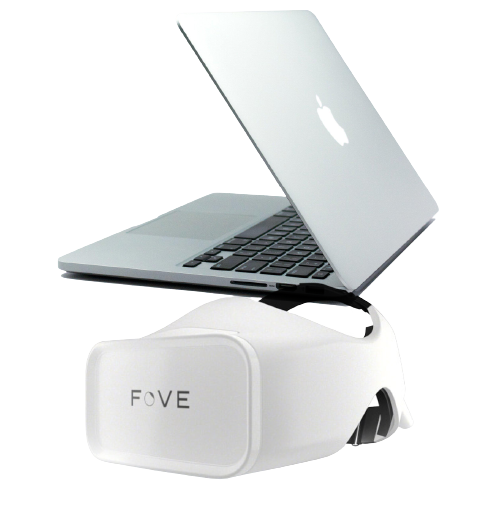
Welcome to Neuroflex®
The NeuroFlex® platform uses virtual reality technology to track head and eye movements, to scientifically determine whether a concussion has taken place, taking away the guesswork. Results are combined with expert assessment and treatment, to accurately diagnose if a concussion is present, and develop a personalised recovery plan to facilitate a safe return to the play.
The NeuroFlex® report provides an objective assessment of ocular motor function and brain health. The technology produces longitudinal records, which can be used to track an individual’s brain health over their lifetime. The NeuroFlex testing data is stored securely on a cloud for analysis.
NeuroFlex® can also be used as a performance and rehabilitation tool. Its training feature provides users with the ability to customise and develop targeted treatment plans. The NeuroFlex® training provides over 20 interactive exercises that are personalised to the individual’s NeuroFlex® test results. The tests can help improve ocular motor reflexes, and rehabilitation to assist recovery and return to school, work and play.
Neuroflex
NeuroFlex® measures and monitors the impact of a head knock using eye and head-tracking virtual reality technology. Results are combined with expert assessment and treatment, to accurately diagnose if a concussion is present, and develop a personalised recovery plan to facilitate safe return to the track.
The NeuroFlex® technology consists of a laptop, VR goggles and the NeuroFlex® software. It’s light and portable, which means it can be used in a clinic or medical setting, as well as on the sidelines.
At the start of the season or school year, individuals undergo NeuroFlex baseline testing. If an individual is suspected of suffering a concussion, they are re-tested using the NeuroFlex, and their results are compared to the healthy baseline data.
The test takes between 3 to 8 minutes and generates an accurate, quantitative, metrics-based report, which helps medical personnel make an informed decision about whether a concussion has taken place. Each of the tests targets specific areas, such as smooth pursuit, saccades, optokinetic nystagmus, vestibulo-ccular reflex, antisaccades and spontaneous & gaze-evoked nystagmus.

